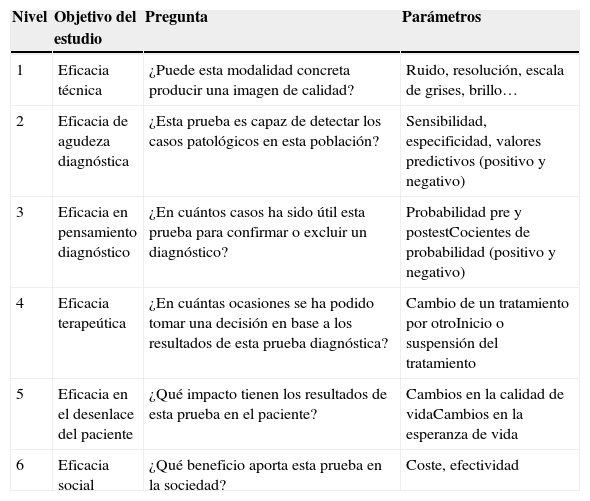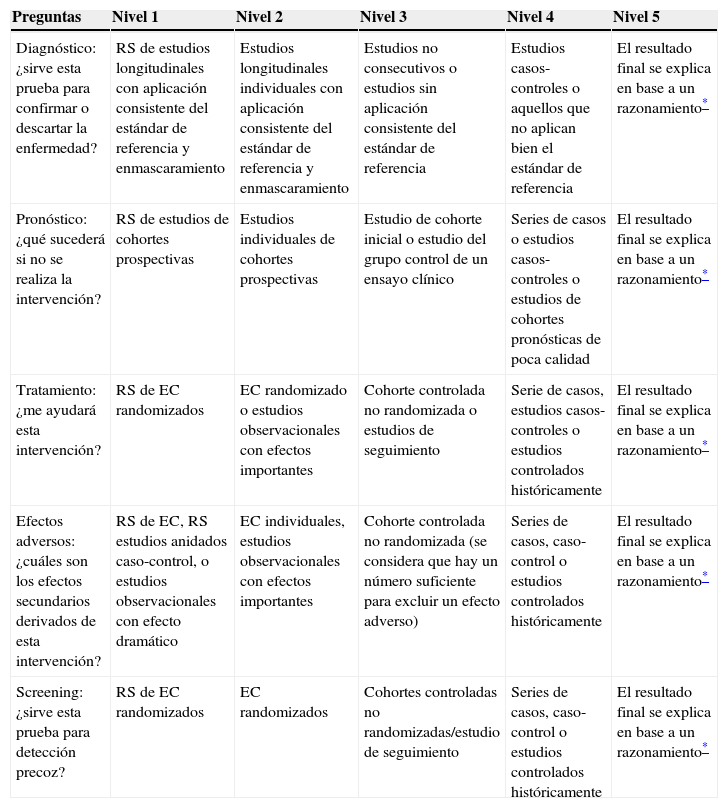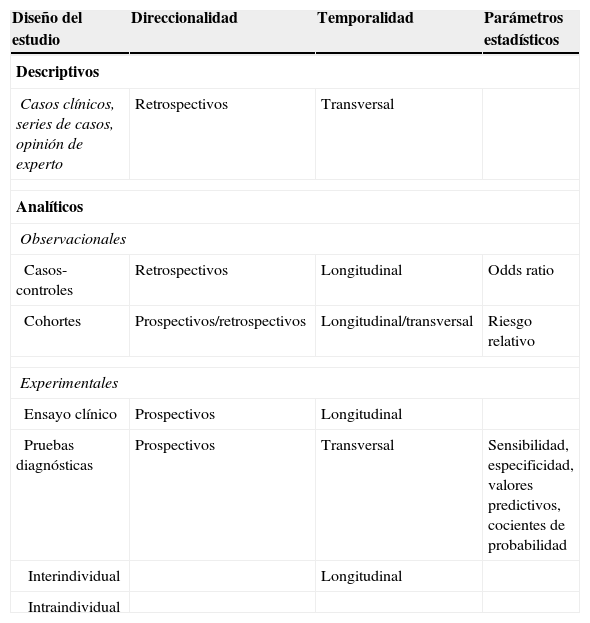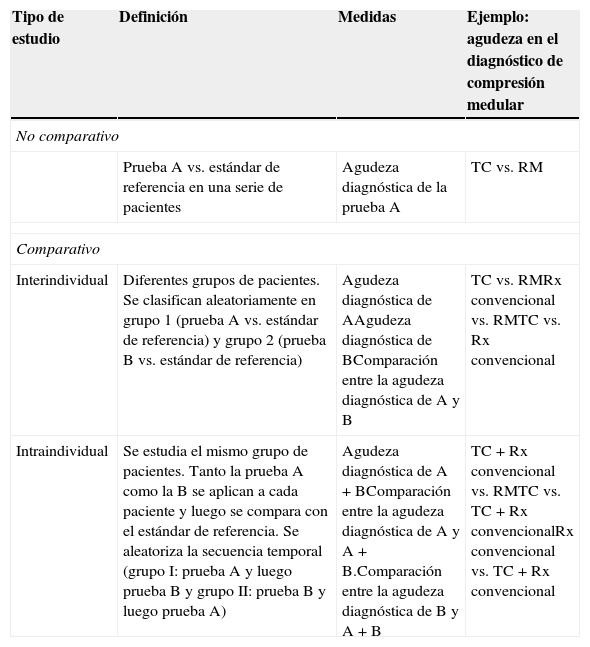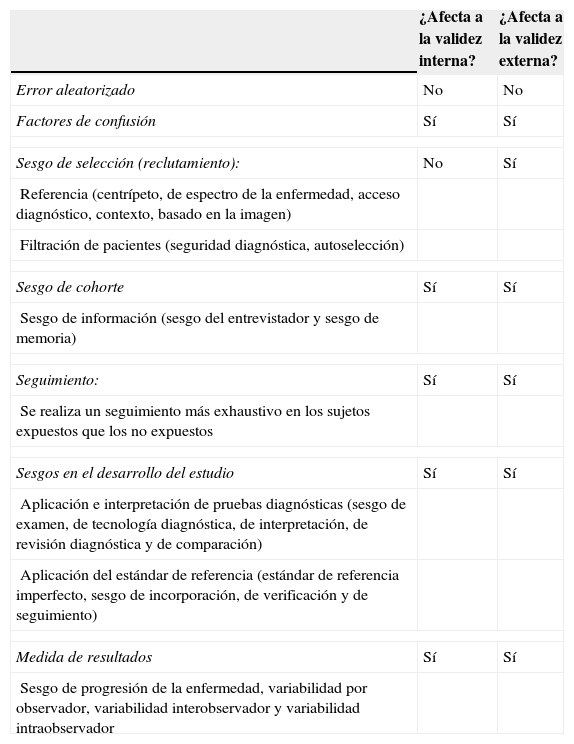Realizar una evaluación crítica de un artículo capacita a los profesionales para hacer un buen uso de la nueva información. Este hecho repercutirá de forma directa en el beneficio de nuestros pacientes. Antes de realizar una lectura crítica minuciosa hay que considerar si el artículo escogido tiene el diseño más adecuado para la pregunta que se quiere contestar (es decir, si tiene un buen nivel de evidencia). Por ello, es necesario conocer la clasificación de los estudios en función de su diseño (descriptivos o analíticos; prospectivos o retrospectivos; transversales o longitudinales), así como su correlación con los niveles de evidencia. También en lectura crítica es importante conocer los principales errores sistemáticos o sesgos. Los sesgos pueden aparecer en cualquier fase del estudio, pudiendo afectar a la muestra, al desarrollo del estudio o finalmente a la medida de los resultados.
The critical evaluation of an article enables professionals to make good use of the new information and therefore has direct repercussions for the benefit of our patients. Before undertaking a detailed critical reading of the chosen article, we need to consider whether the study used the most appropriate design for the question it aimed to answer (i.e., whether the level of evidence is adequate). To do this, we need to know how to classify studies in function of their design (descriptive or analytical; prospective or retrospective; cross-sectional or longitudinal) as well as their correlation with the levels of evidence. In critical reading it is also important to know the main systematic errors or biases that can affect a study. Biases can appear in any phase of a study; they can affect the sample, the development of the study, or the measurement of the results.
Artículo
Comprando el artículo el PDF del mismo podrá ser descargado
Precio 19,34 €
Comprar ahora






